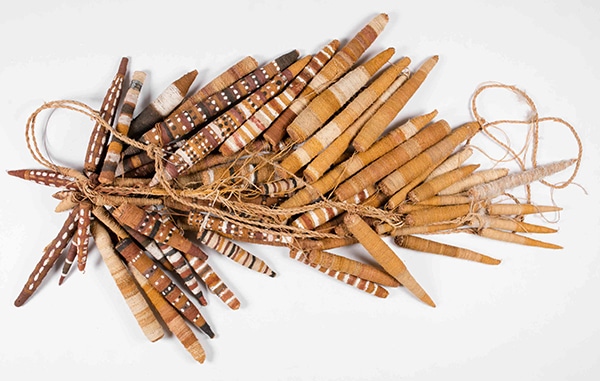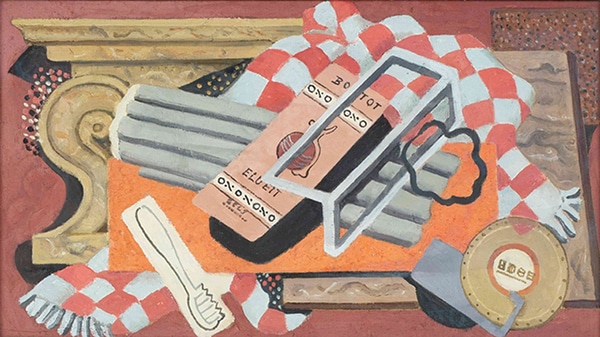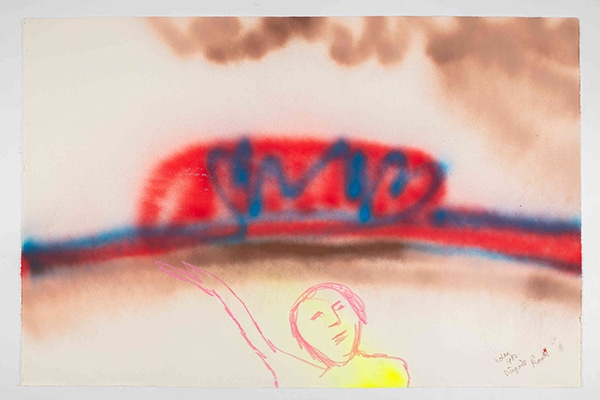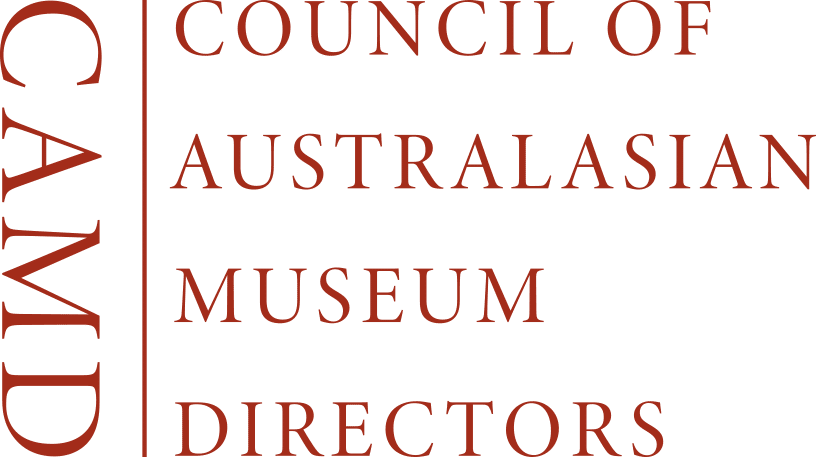New exhibitions celebrate Australian avant-gardist’s extraordinary dual legacy, The University of Sydney, 15 July 2025
Chau Chak Wing Museum celebrates J.W. Power’s art and bequest.

John Wardell Power left Australia for Europe in 1906, aged 24, never to return. Yet his impact on art and art history in this country, both as avant-garde artist and arts benefactor, is unprecedented.
Two new, free exhibitions at the University of Sydney’s Chau Chak Wing Museum celebrate Power’s legacy. The first is a comprehensive survey of Power’s art as Australia’s leading avant-gardist in the inter-war years. The second is a selection of works from the vast contemporary art collection created with his £2 million (over $50 million in 2025 terms) bequest to the University.
J.W. Power: Art, war and the avant-garde
J.W. Power completed his studies in medicine at the University of Sydney in 1905, before leaving for Europe. After serving as a surgeon with the Royal Army Medical Corp during World War I he abandoned the profession to study art in Paris, where he became a Cubist under Fernand Léger.
Art, war and the avant-garde is an exhibition of Power’s paintings and sketchbooks, spanning his early life and subsequent cosmopolitan career before his death in 1943.
“Power’s work allows us to see how advanced painting between the wars could diverge from the hard edges and defined shapes of Cubism to a rounded, more abstract Surrealism,” exhibition co-curator Dr Ann Stephen said.

In the 1930s, when Paris became a fulcrum for advanced art, Power was a familiar figure in a wide circle of avant-garde artists. Against the backdrop of the rise of fascism, Power supported a number of anti-fascist projects. In 1936, in reaction to the Nazi-organised Olympic Games in Berlin, he participated in the exhibition De Olympiad onder Dictatuur (The Olympiad under the Dictatorship) or DOOD, an acronym meaning ‘death’ in Dutch. Works by Power from the exhibition are included in Art, War and the Avante-Garde.
“His art wasn’t propagandist, but he was very supportive of the anti-fascist movement,” said Dr Stephen. “His life and art were both profoundly shaped by the two world wars. He wrote that ‘if there is a person who hates uniforms, flags and parades more than I do I should love to meet him’.”
In 1962, the University announced both Power’s financial bequest and that of his widow Edith, who bequeathed her husband’s entire oeuvre to the University of Sydney. In that same year the art critic Robert Hughes commented that had Power “painted these pictures in Australia between 1927 and 1938 he would possibly be now regarded as the most important figure in our early avant-garde”.
Big Power Energy
Power’s bequest of £2 million to the University of Sydney to “make available to the people of Australia the latest ideas and theories in the plastic arts” courted front-page headlines on how the funds should be spent.
Eventually the donation financed the establishment of the Power Collection, enabling the purchase of more than 1200 contemporary works between 1967 and 1989. It later funded the creation of the Museum of Contemporary Art, Australia.
In Big Power Energy, 14 leading Australian contemporary artists have been invited to select an artwork from the Power Collection for an exhibition celebrating the University’s 175th anniversary. The exhibition presents a wide-ranging suite of works and offers a peek into one of Australia’s most substantial collections of modern and contemporary art from the 1960s to 1980s.
“Power’s generosity showed a commitment to liberal ideas he felt were under threat when he wrote his will in the early stages of World War II,” said Chau Chak Wing Museum Director Michael Dagostino.

“The resulting collection brought a previously unknown breadth of work to the public and inspired generations of Australian artists and audiences.”
Works in Big Power Energy range from bark paintings by Yolŋu artist Philip Gudthaykudthay to a felt suit worn by influential German artist, teacher and political activist Joseph Beuys, and a series of drawings by Sidney Nolan not exhibited for 42 years. Works by Robin White, George Baselitz and Juan Davila are also included.
The artists invited to choose artworks for Big Power Energy are: Serwah Attafuah, Christopher Bassi, Richard Bell, Megan Cope, Léuli Eshrāgi, Narelle Jubelin, Shivanjani Lal, Lindy Lee, Archie Moore, Ramesh Mario Nithiyendran, Leyla Stevens, Angela Tiatia, Imants Tillers and Ben Quilty.
Hero image caption: Miyalkkurruwrruwuŋ (group work by women), Ganguri, long yams, circa 1984, bark-fibre string, paperbark, ochre, PW1984.132. Chosen for Big Power Energy by Lindy Lee.
